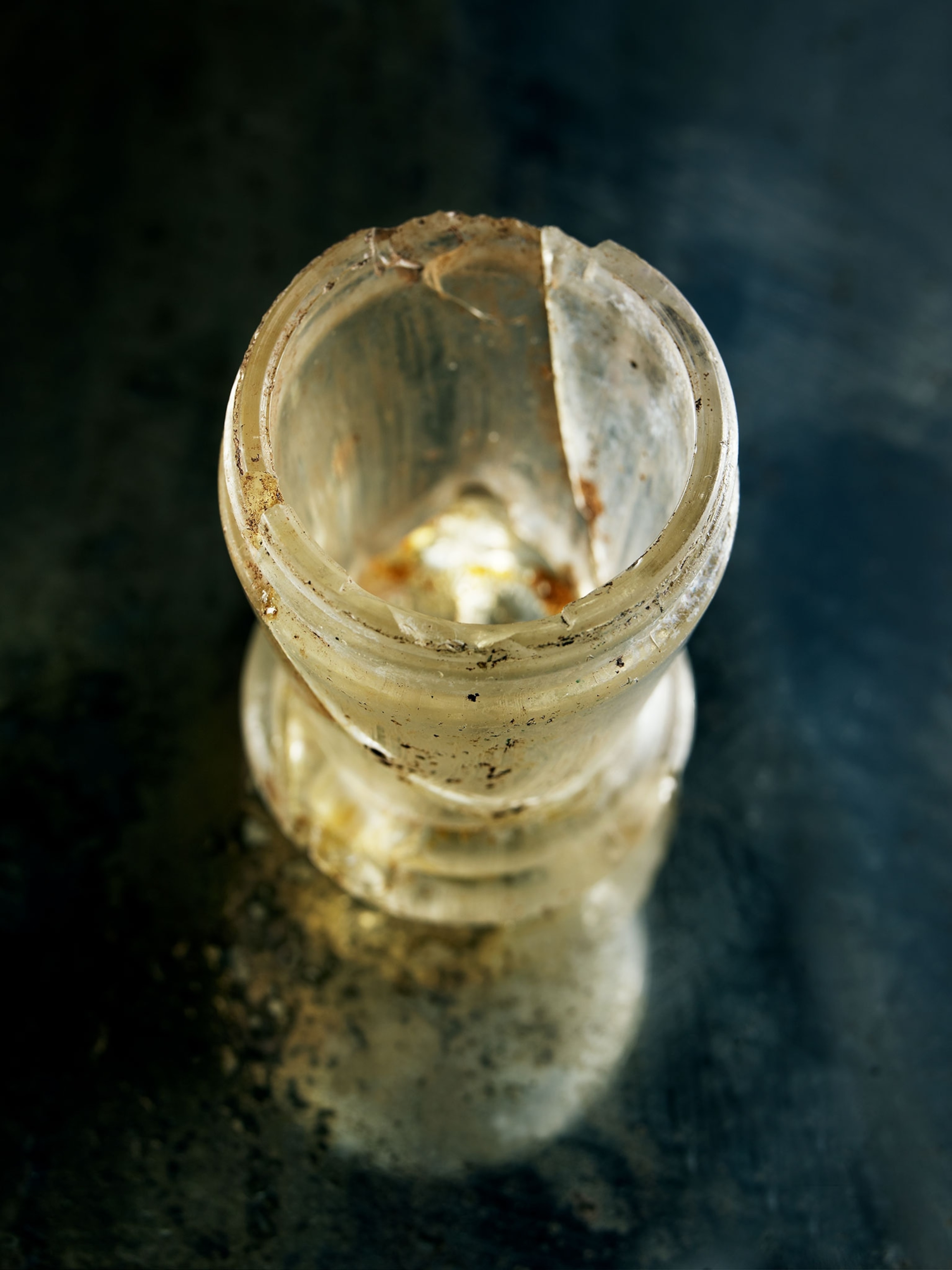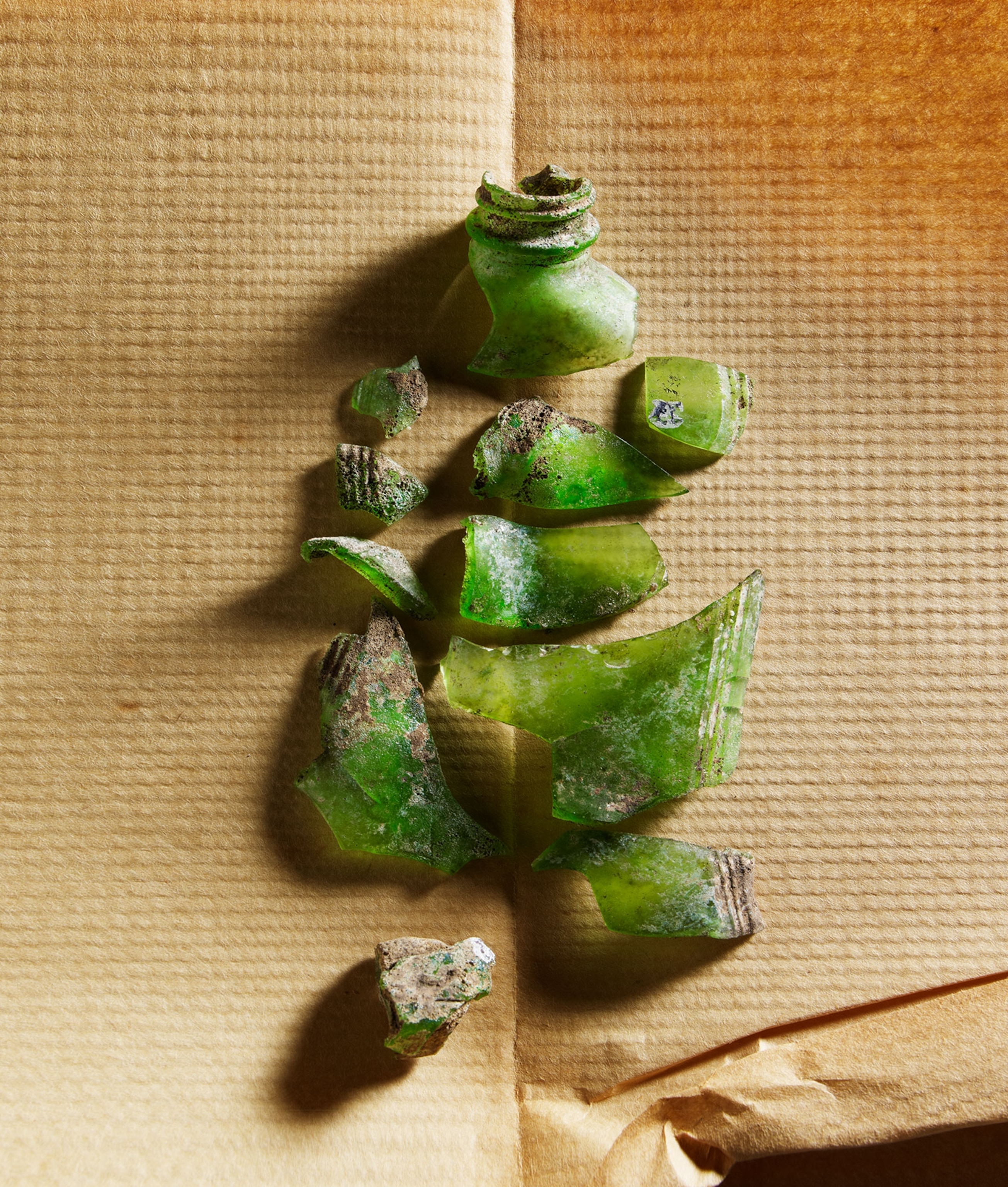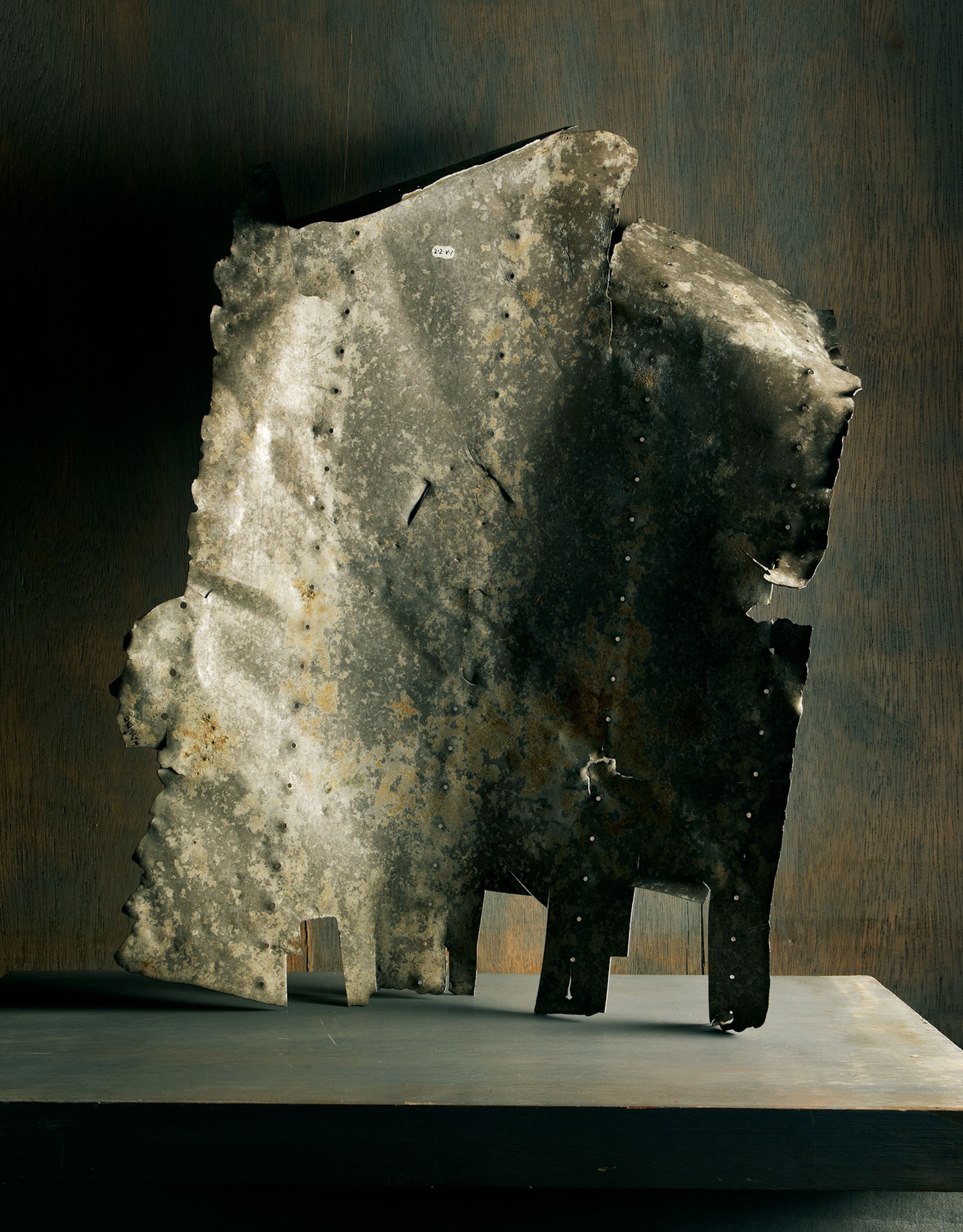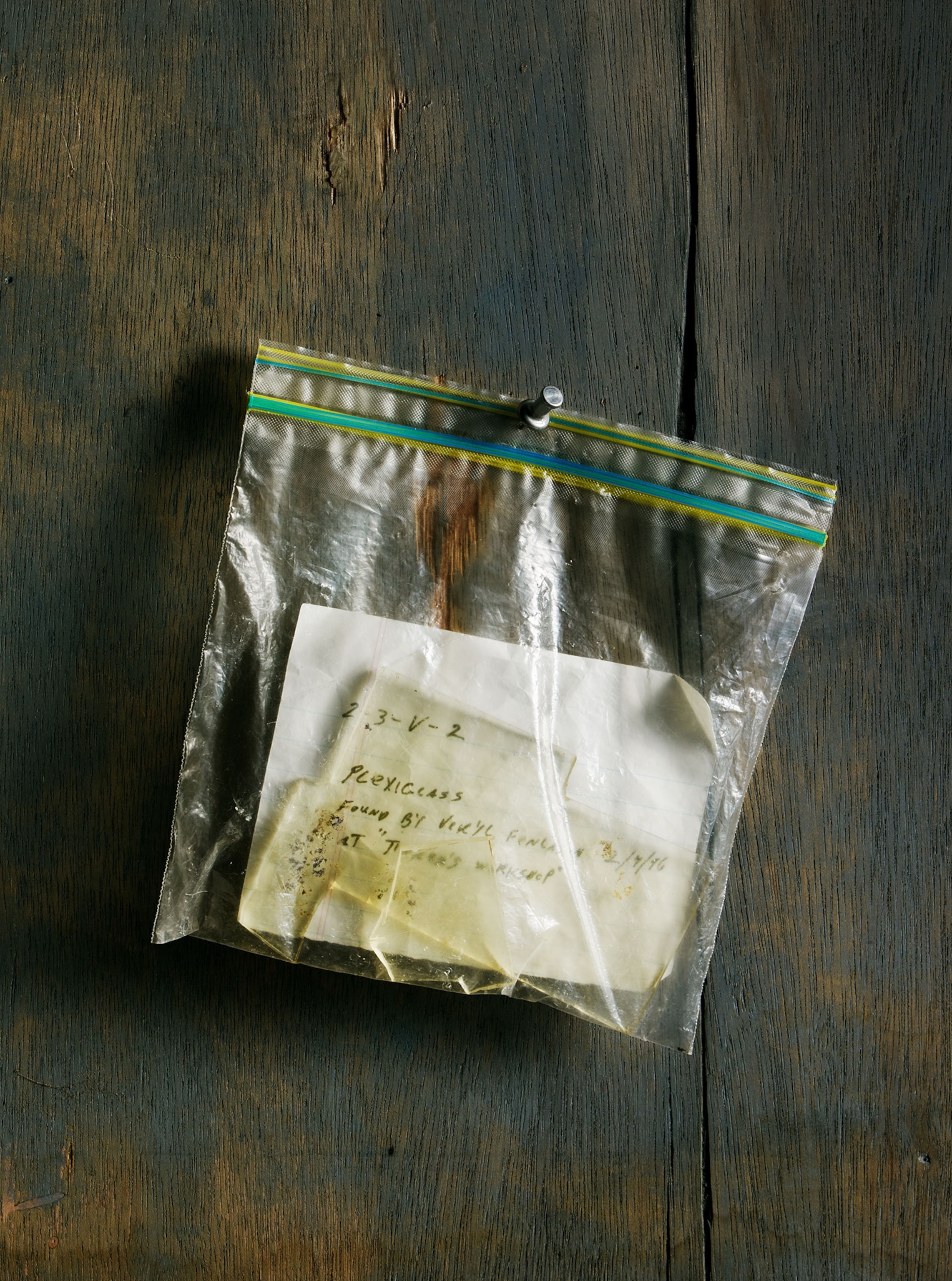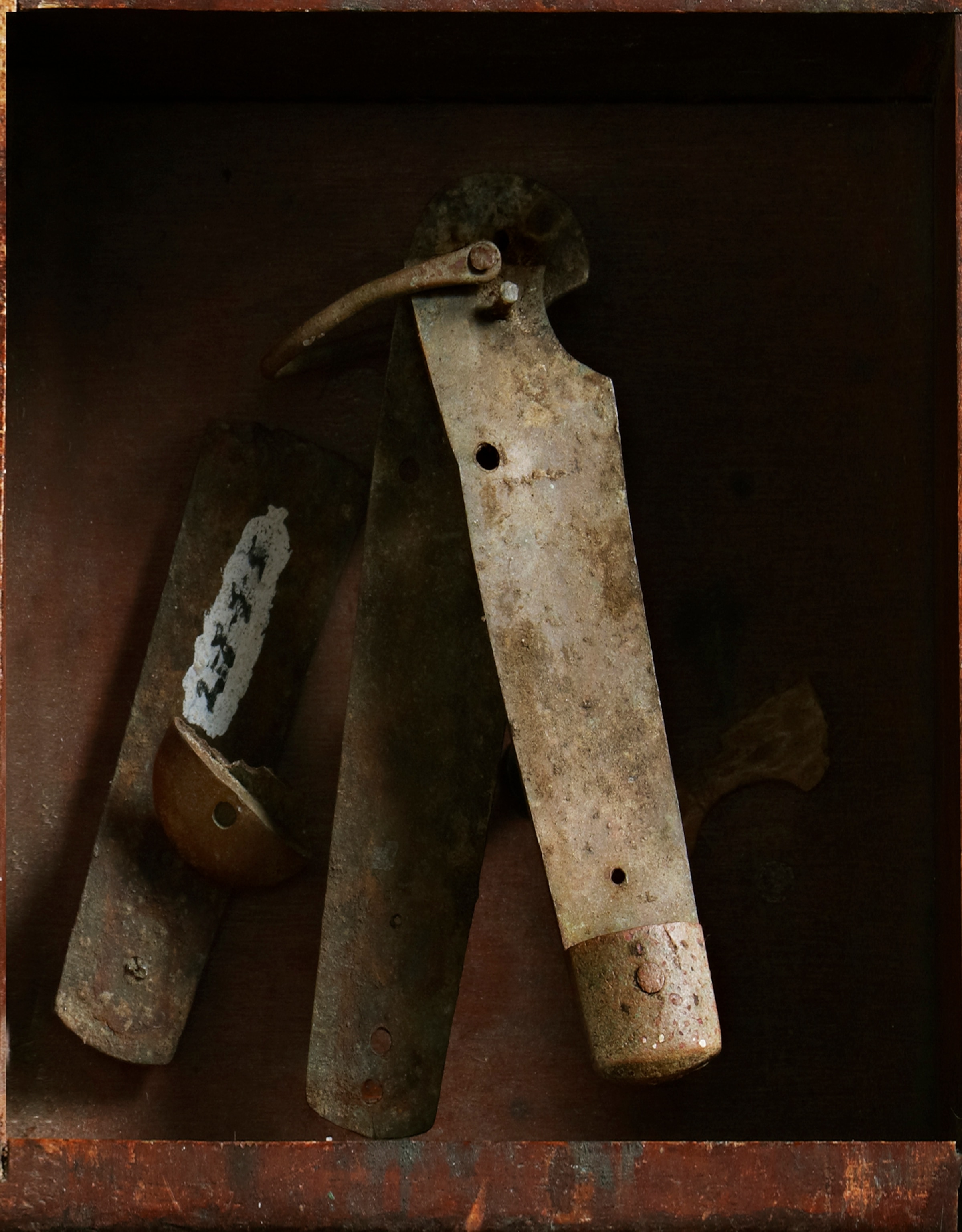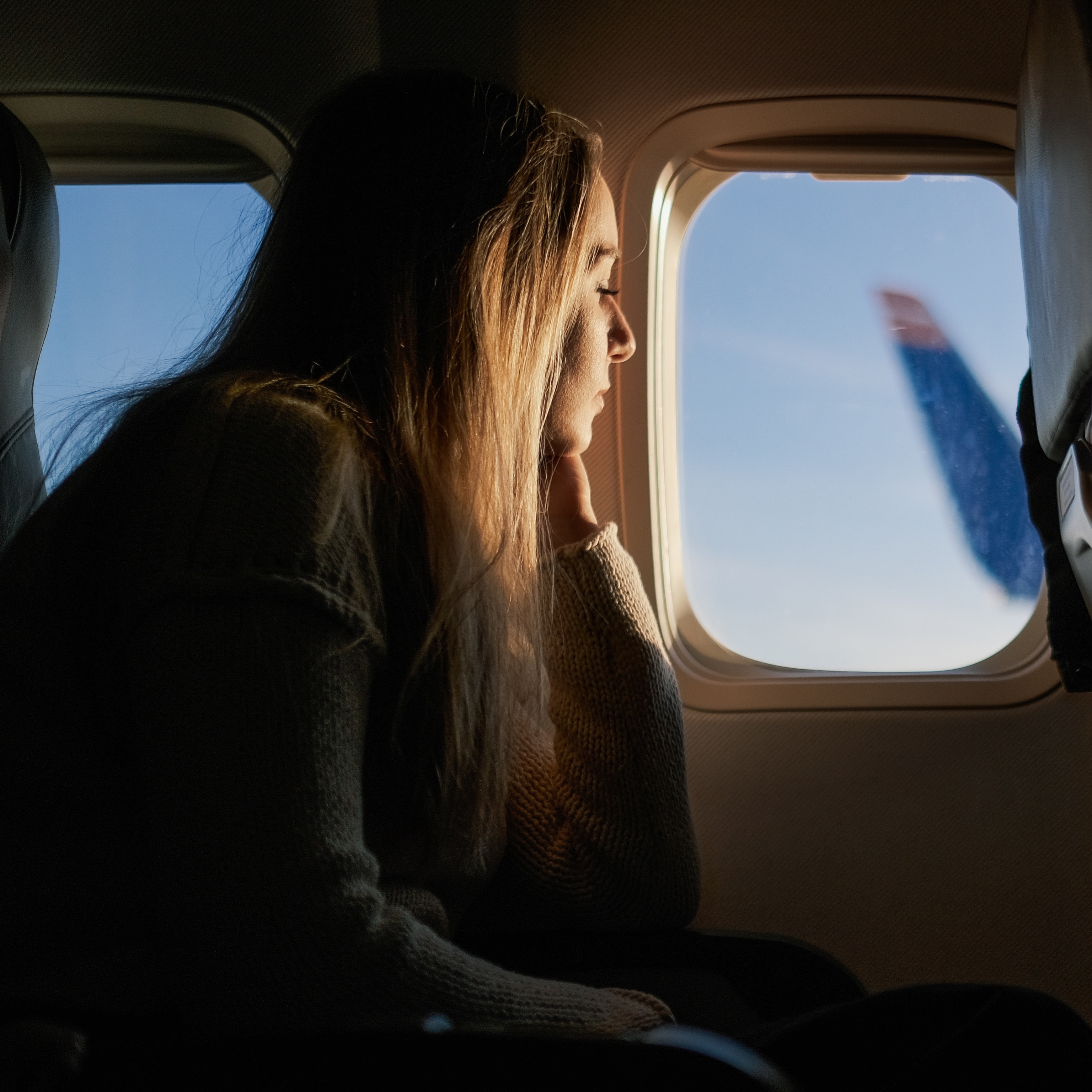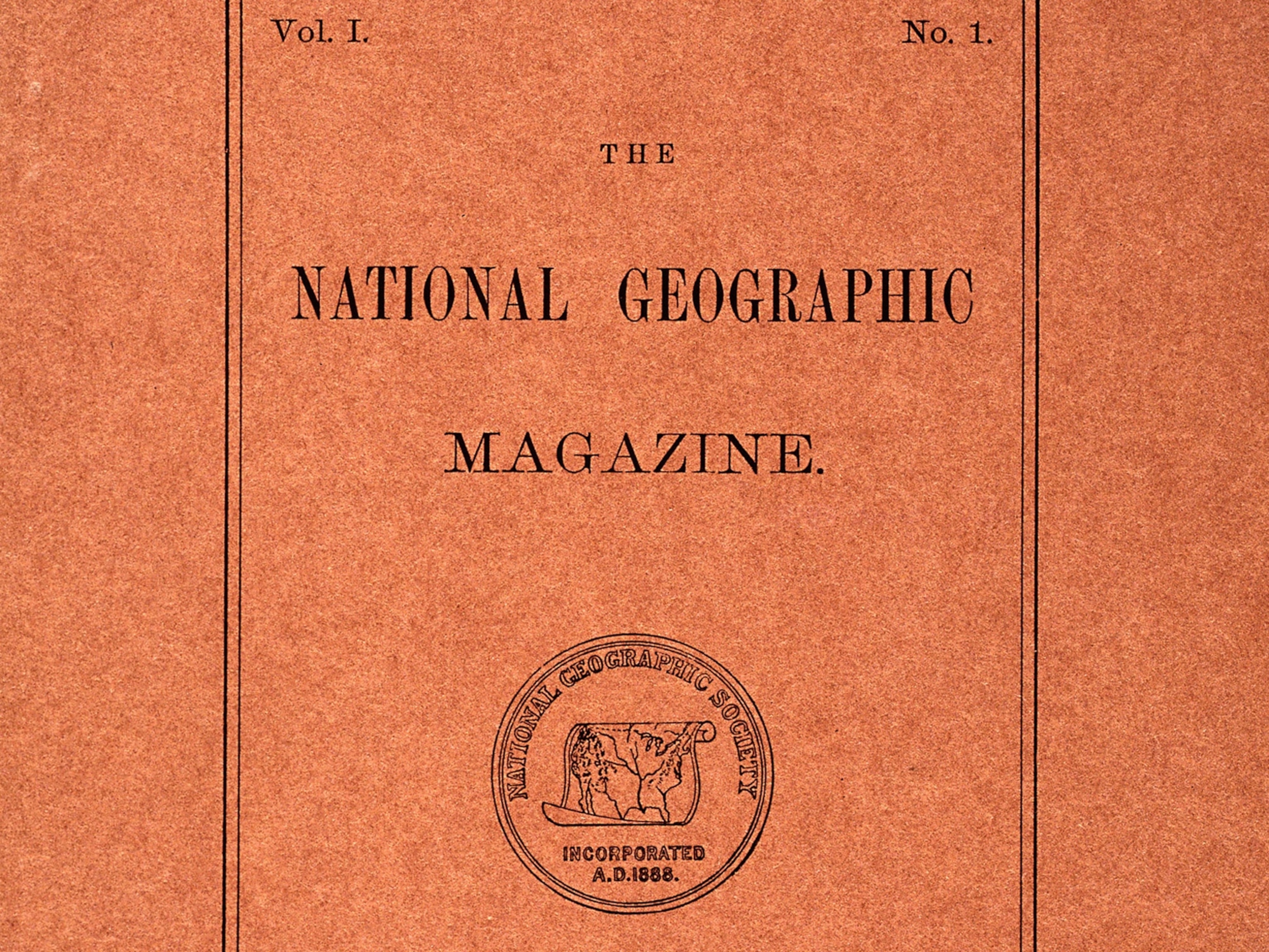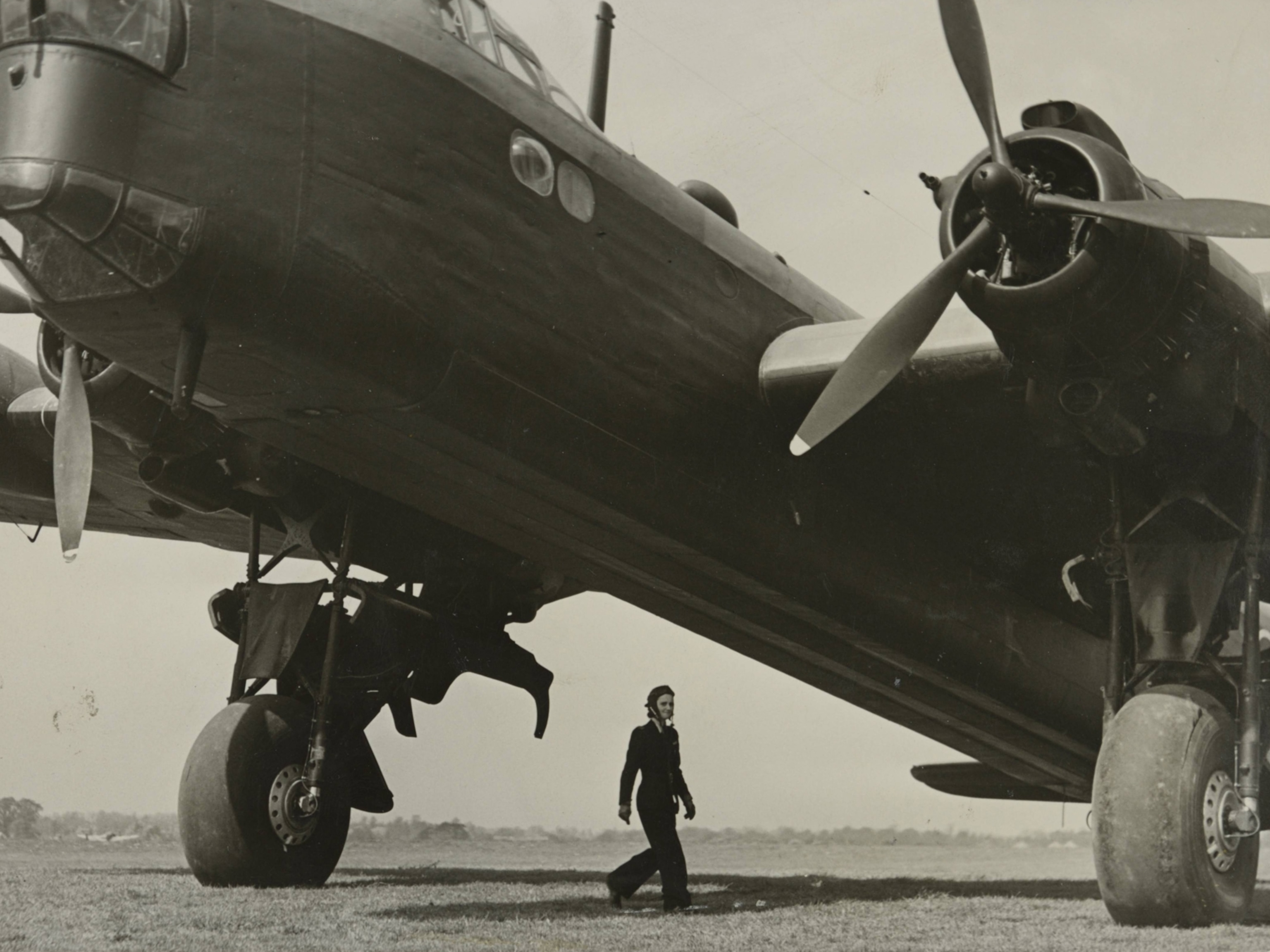
Why This Island Is at the Center of the Search for Amelia Earhart
Forensic dogs are sniffing for bones at a campsite where the pioneering pilot may have died 80 years ago.
Nikumaroro Island, Phoenix Island Protected Area, Kiribati — An expedition bringing bone-sniffing dogs to search for traces of Amelia Earhart has arrived on this remote, uninhabited outpost after a 1,000-mile sea voyage north from Fiji. (See the first story in this series here.)
The dogs, four border collies wearing life vests, disembarked in a rough channel carved through the reef and made their careful way across slick coral to the sandy beach to get their first scent of the island. The ground temperature in the sun was 107°F.

“This is way beyond anything we’ve ever done,” says Lynne Engelbert, who handles a human remains detection dog named Piper for the Institute for Canine Forensics (ICF).
ICF’s handlers brought the dogs ashore for a brief initial visit to see if they would find four known graves of people who colonized the island between 1938 and 1963. “We’ve never tested the dogs on a coral tropical island before,” says John Grebenkemper, ICF’s field coordinator for this project and handler to Kayle. “We weren’t sure how scent would survive.”
But all four dogs alerted on the hidden gravesites, sitting or lying down where they sniffed human remains. “We’ve solved one problem,” says Grebenkemper. “Scent survives in coral.”
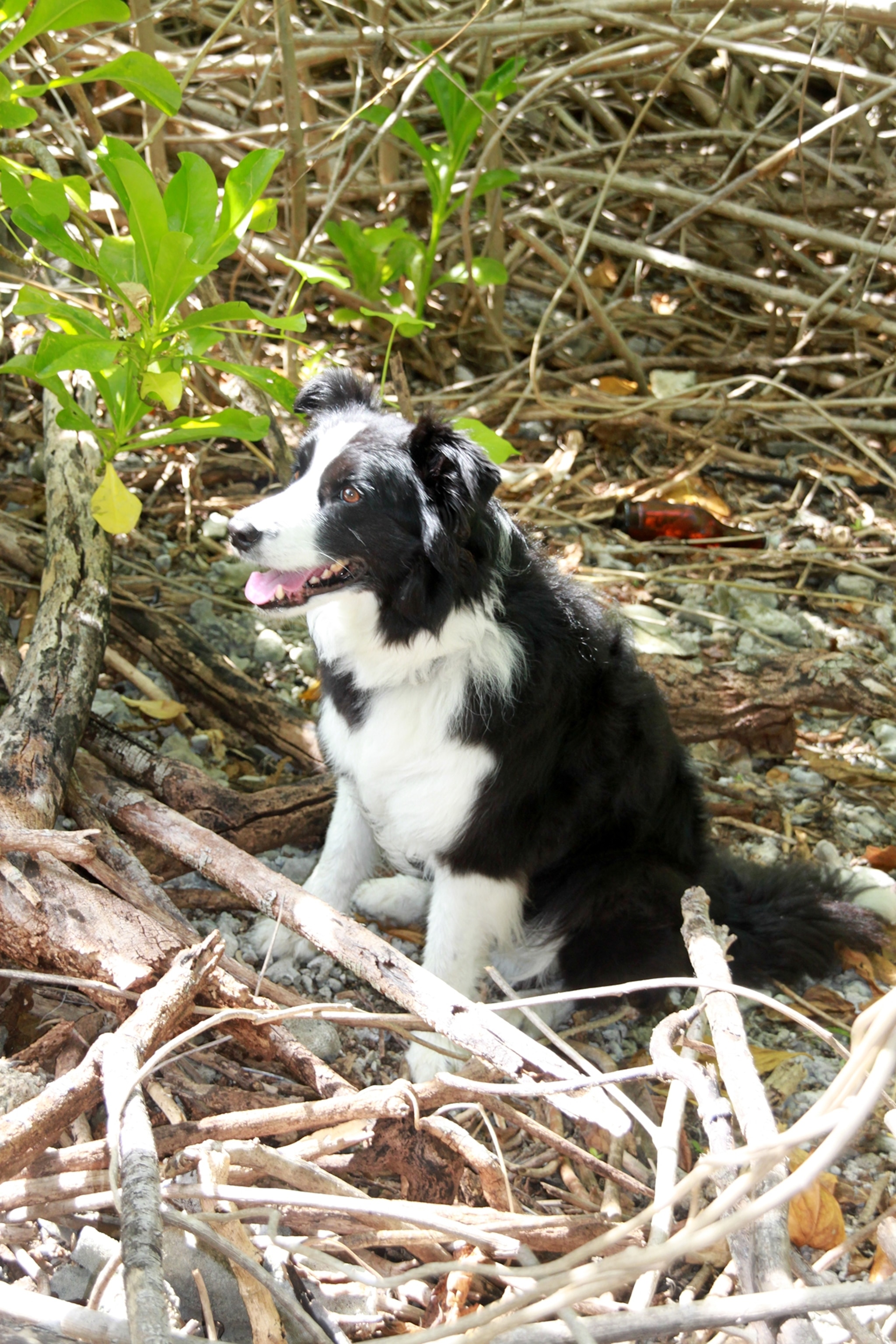
Nikumaroro is a coral reef on top of a subsiding volcano, a narrow ring of land around a lagoon. Only four and a half miles long and one and a half miles wide, the island appears on most maps as a mere speck in the midst of the vast Pacific Ocean.
On July 2, 1937, Earhart and her navigator, Fred Noonan, were aiming for Howland Island, which is even smaller than Nikumaroro. After taking off from Lae, New Guinea, on the third to last leg of their attempt to circumnavigate the globe, they failed to locate Howland and vanished.
Some people believe Earhart and Noonan ended up in the Marshall Islands, some say Saipan, others that the plane crashed and sank. But the International Group for Historic Aircraft Recovery (TIGHAR) is investigating the hypothesis that Earhart and Noonan landed their Lockheed Electra 10E on Nikumaroro Island when they couldn’t find Howland.
The researchers base their hypothesis on Earhart’s last radio transmissions. At 8:43 a.m. on July 2, Earhart radioed the Itasca, the U.S. Coast Guard cutter awaiting Earhart at Howland: "KHAQQ [the Electra's call letters] to Itasca. We are on the line 157 337." The Itasca received the transmission but couldn't get any bearings on the signal.
The “line 157 337” indicates that the plane was flying on a northwest to southeast navigational line that bisected Howland Island. If Earhart and Noonan missed Howland, they would fly either northwest or southeast on the line to find it. To the northwest of Howland lies open ocean for thousands of miles; to the southwest is Nikumaroro.
The line-of-position radio message was the last confirmed transmission from Earhart, but radio operators received 121 messages over the next 10 days. Of those, at least 57 could have been from the Electra. Wireless stations took direction bearings on six of them.

“Four crossed near the Phoenix Islands,” says Tom King, TIGHAR’s senior archaeologist. “Most messages were at night when the tide was low.”
At the time of Earhart’s disappearance, the tide on Nikumaroro was especially low, revealing a reef surface along the shore long and flat enough for a plane to land. If Earhart sent any of those 57 radio transmissions, the plane must have landed relatively intact.
The TIGHAR researchers theorize that Earhart and Noonan radioed at night to avoid the searing daytime heat inside the aluminum plane. Eventually the tide lifted the Electra off the reef, and it sank or broke up in the surf. The transmissions stopped on July 13, 1937.
Bivouac, bones, bottles
Other evidence points to Earhart and Noonan’s fate as castaways on Nikumaroro. Later in 1937, a British party explored the island with the intent of colonizing it. Eric Bevington, a colonial officer, noticed what looked like an “overnight bivouac.” He also took a photograph of the shoreline, which includes an unidentified object that TIGHAR speculates might be a plane’s landing gear.
By 1938 the island was colonized as part of the Phoenix Islands Settlement Scheme, one of the British Empire’s last expansions. Colonists reported finding airplane parts, some of which could have plausibly come from the Electra.
In 1940 Gerald Gallagher, the colonial administrator, discovered 13 bones buried near the remains of a campfire. He also found the remnants of two shoes—a man’s and a woman’s—as well as a box that once held a sextant, a navigation device. The bones were shipped to Fiji, measured, and subsequently lost.
Two colonial doctors examined the bones. One thought they came from an elderly Polynesian; the other postulated that they belonged to a European male. TIGHAR researchers evaluated the measurements using modern techniques and determined the bones could be from a woman of Earhart’s size and build.
TIGHAR has launched 12 expeditions to Nikumaroro since 1989. Over the course of those visits to the island, they’ve identified a site that matches Gallagher’s description of where the bones were found.
At the Seven Site—the name comes from the shape of the clearing around it—there’s evidence of several campfires, as well as the remains of birds, fish, turtles, and clams, indicating that someone ate there. Based on the way the clams were opened and the fish consumed (the heads weren’t eaten), that someone was probably not a Pacific islander.
Several 1930s-era glass bottles have also been discovered at the site. One of them may even have contained freckle cream, a cosmetic Earhart was likely to have used.
The human remains detection dogs will focus their attention on the Seven Site. After the last TIGHAR expedition in 2015, soil from that site was collected and used to test the dogs. One of the dogs alerted on it.
“The dogs need to be on the island in order to be conclusive,” says Lynne Angeloro, ICF vice president and Berkeley’s handler. And for the next week, that’s where they’ll be.
For updates on the expedition follow us on Facebook and Twitter and bookmark our coverage page “In Search of Amelia Earhart.”
